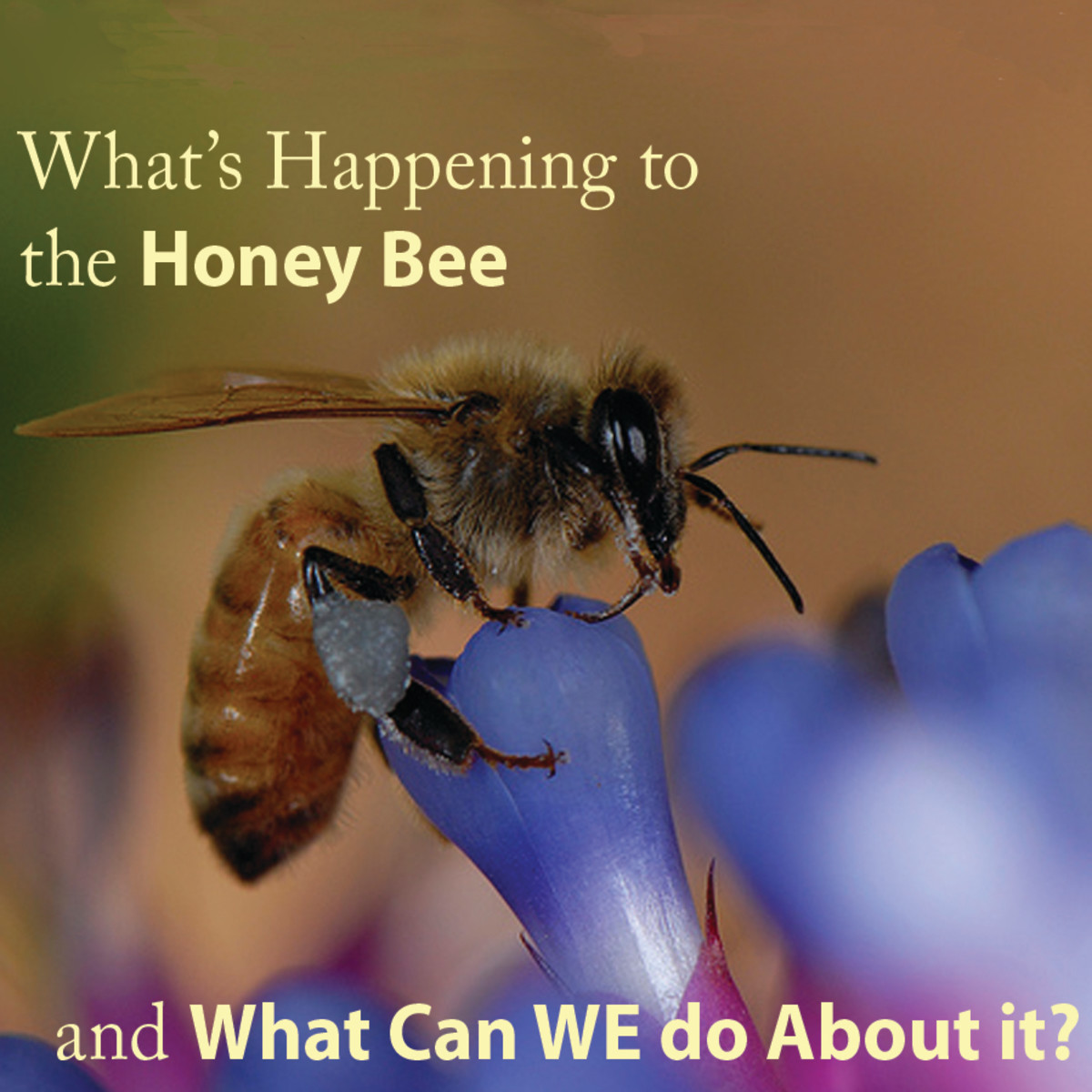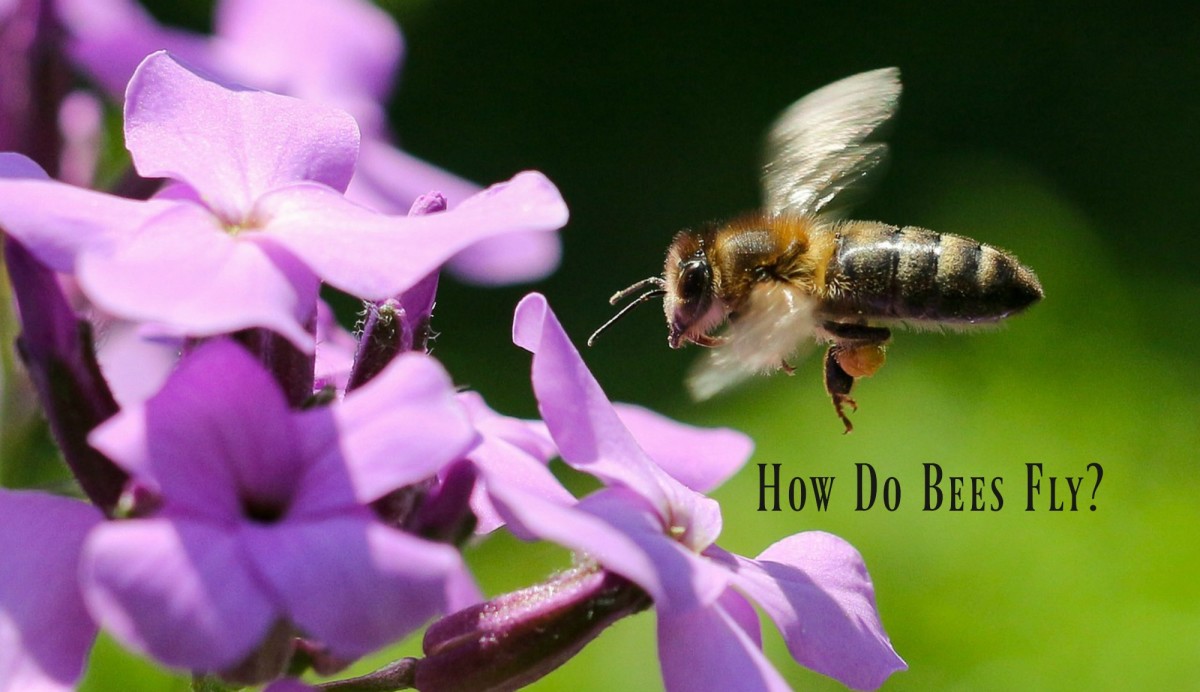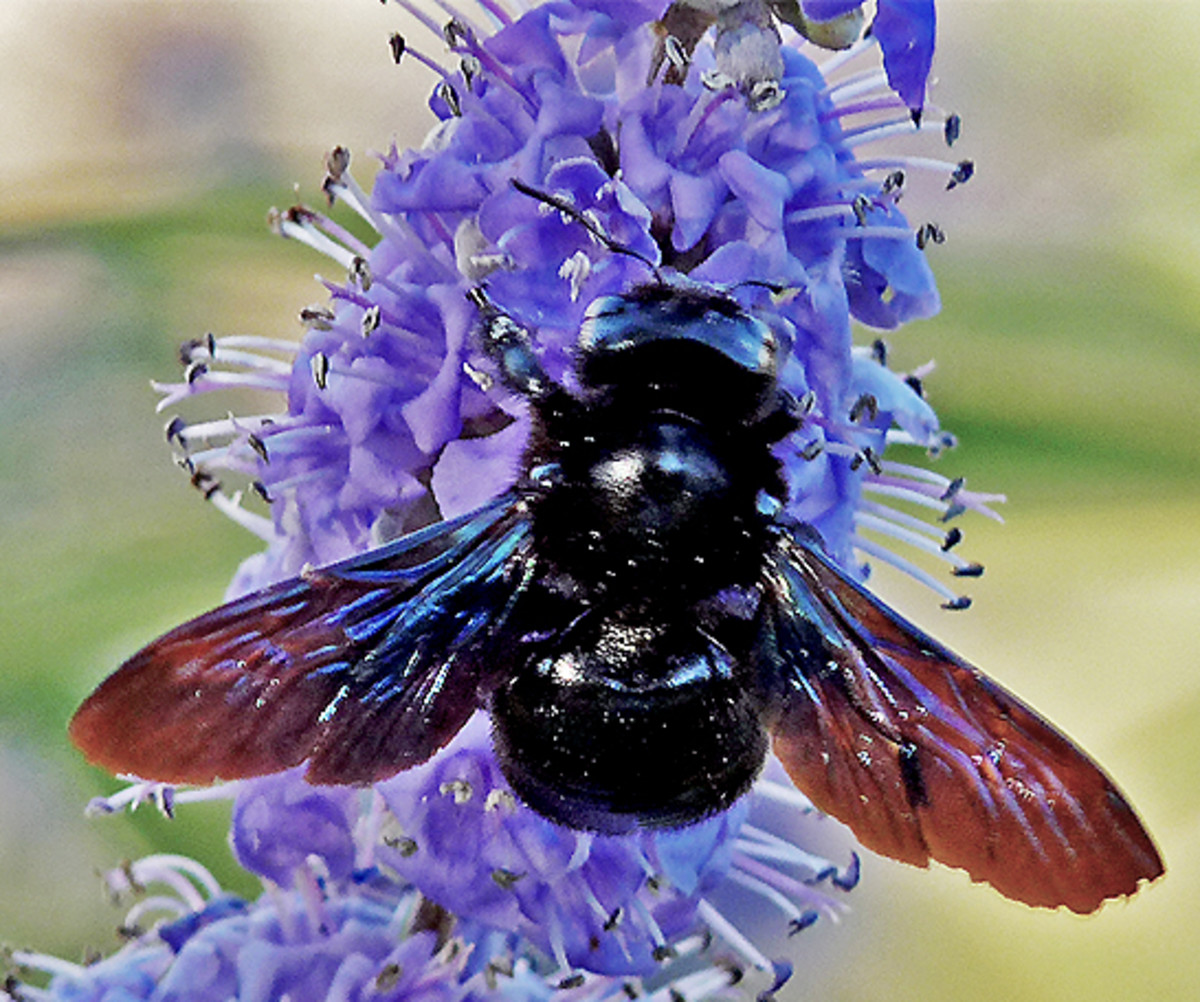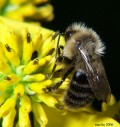The Life Cycle of the Western Honey Bee
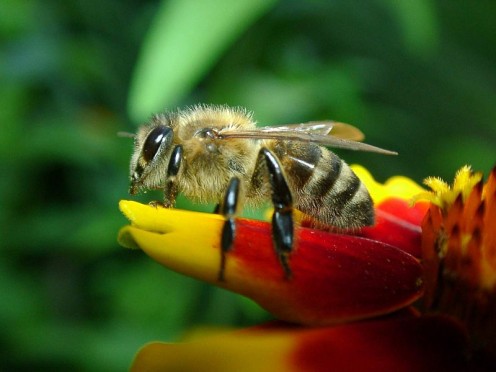
Honey Bee
The western honey bee (Apis mellifera) is also regarded as the common or European honey bee. The scientific Latin term for the bee translates as the "honey-bearing bee" due to the fact that the bee is constantly busy producing honey, but later it was discovered the bee produces nectar. The bumble bee, in the genus Bombus is different to the honey bee despite the fact that the two species are in the same Apidae family. The main difference is that the bumble bee is a solitary insect and the honey bee live in large groups. The bumble bee is also larger than the honey bee, so that's another apparent difference. Basically both are social insects with their own participation in their life cycles.
The honey bees in general are colonial bees and these marvelous mix of bees take up challenges on several different roles. There are honey bee that produce and provide honey, and the sterile ones which are the females, are the hard workers responsible for taking care of the beehives. The sterile females take on various roles in their work which includes cleaning and guarding the hives. They are also responsible for feeding the immature insects and collecting or gathering necessary food for all the bees demands.
Angry Honey Bee
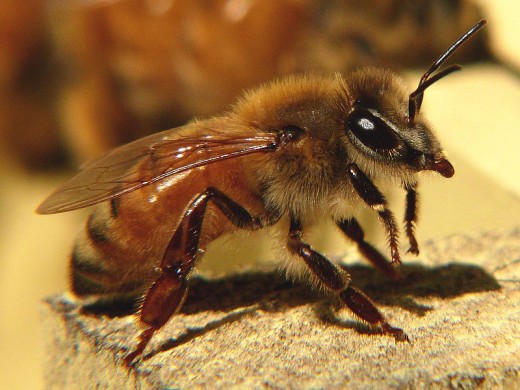
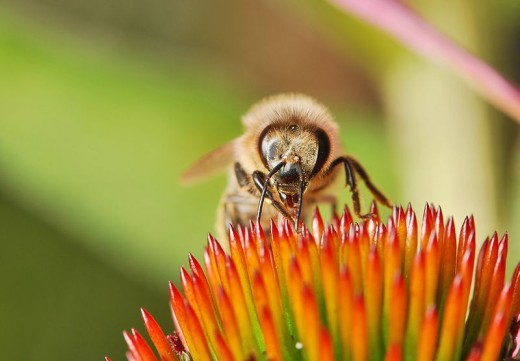
The honey, made along with pollen, is used to feed both the immature bees and a lesser population of bees throughout the winter season. In fact, 40 pounds (18 kg or 640 oz) of honey can be produced by a colonial group of between 45,000-55,000 bees in one summer of a single year. The workers secrete wax from the glands to make honeycomb, which then guarded with resin gathered from the trees. Nectar is gathered from plants and brought back to the mouth (regurgitation process) by the workers once they return to the honeycomb. This gradually transforms to honey. Pollen is also collected and carried back to the beehive.
The queen bee makes her first flight when she hears the sounds of a group of male bees, also regarded as drones. The queen bee mates in the mid-flight and the male drone instantly dies. She then secretes a substance over her body, which is then licked by the other workers. This as a whole, makes all the honey bees work as a colony and stops new queen bees being reared. Next, the queen bee then lays one egg in each of the hexagonal wax cells in Spring, finally laying around two thousand eggs. The eggs turn to larvae and then to pupae which is between larva and adult. Eventually the colony grows to a size where some workers are unable to reach the queen bee's secretion. Instead new queen bees emerge who leave with swarms of workers in the summer (May to July) to create new colonial groups.
Observe the Western Honey Bees
The honey bee's life cycle includes the senses of touch and smell, usually by the use of their antennae. This is vital for the honey bees because it's their means of searching and finding food. Plus their senses are important in recognizing their own colony and its members, and also navigating their way to the beehives. Not only that, they rely on touch and smell in the night to perform their regular duties. The honey bees can also acknowledge their surroundings by using landmarks and the sun's position to help them navigate from nectar plants to their beehives for example.
The western honey bee can be identified even though many people try to avoid going near them in case they attack and sting. In general, the honey bees have hairy bodies with black and brown stripes with a mix of yellow. The two pair of wings are transparent and is on the thorax. To describe them deeply, they have three sections which makes up the body and they are the head, abdomen and thorax. They will have three pairs of legs. The hind wings and fore wings are connected by hooks and grooves which enable them to move simultaneously when in flight. The queen bee appears longer and its stinger is straight but without barbs. The worker bee's also have stingers with barbs included. The male bee has larger eyes than the females. The average size of the honey bees are 1.2 centimeters, but the workers bees are smaller than the queen bees.
Finally, the western honey bees are widespread in a variety of habitats, especially in Europe and North America. The bees are usually seen in meadows where there's plants, woodlands, parks, farms and also gardens. They build their hives in hollow trees and sometimes at the top of buildings.
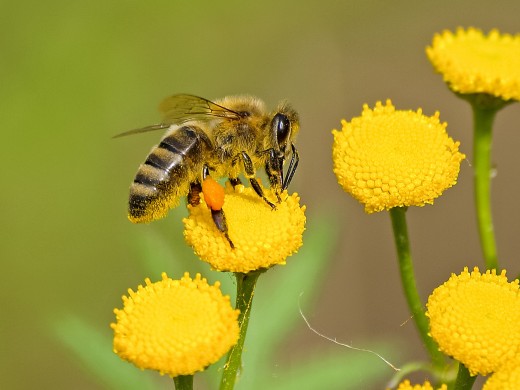
The Decline of Bees - Read for more information and advice
- http://apps.rhs.org.uk/advicesearch/Profile.aspx?pid=528
This page contains links to the plant and gardening advice for gardeners. - Decline of honey bees now a global phenomenon, says United Nations - Nature - Environment - The Inde
The mysterious collapse of honey-bee colonies is becoming a global phenomenon, scientists working for the United Nations have revealed.

